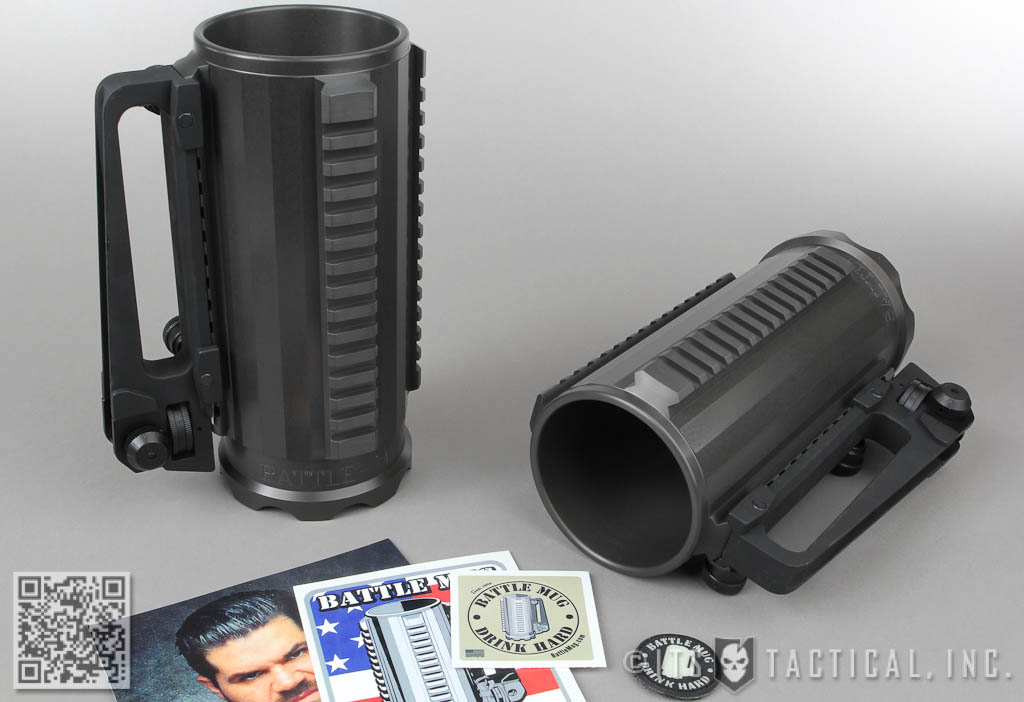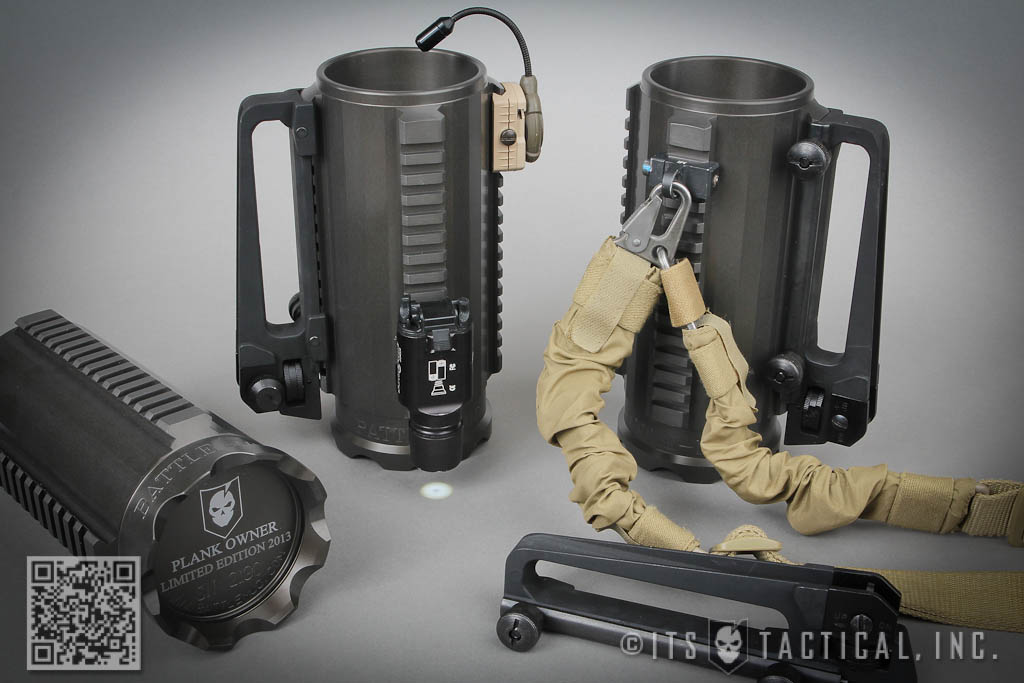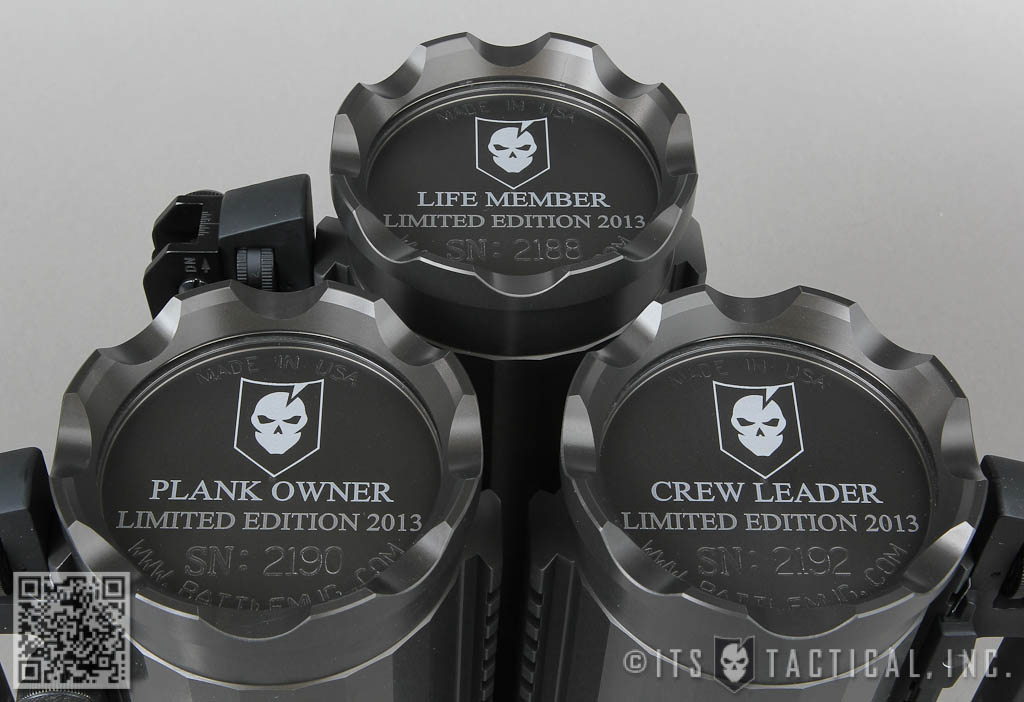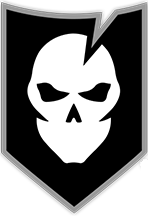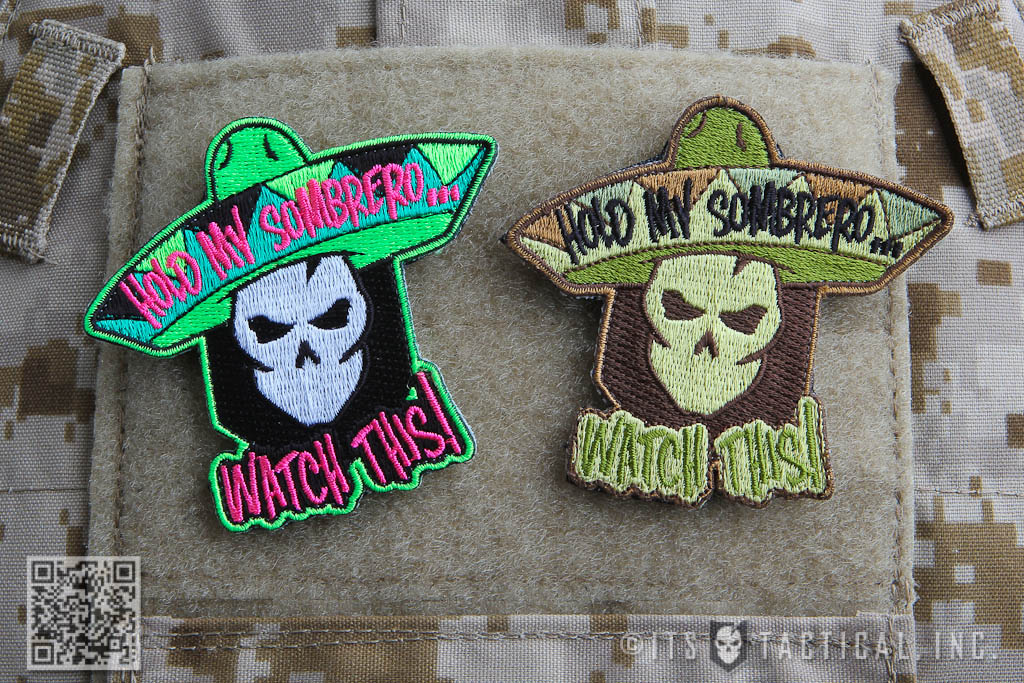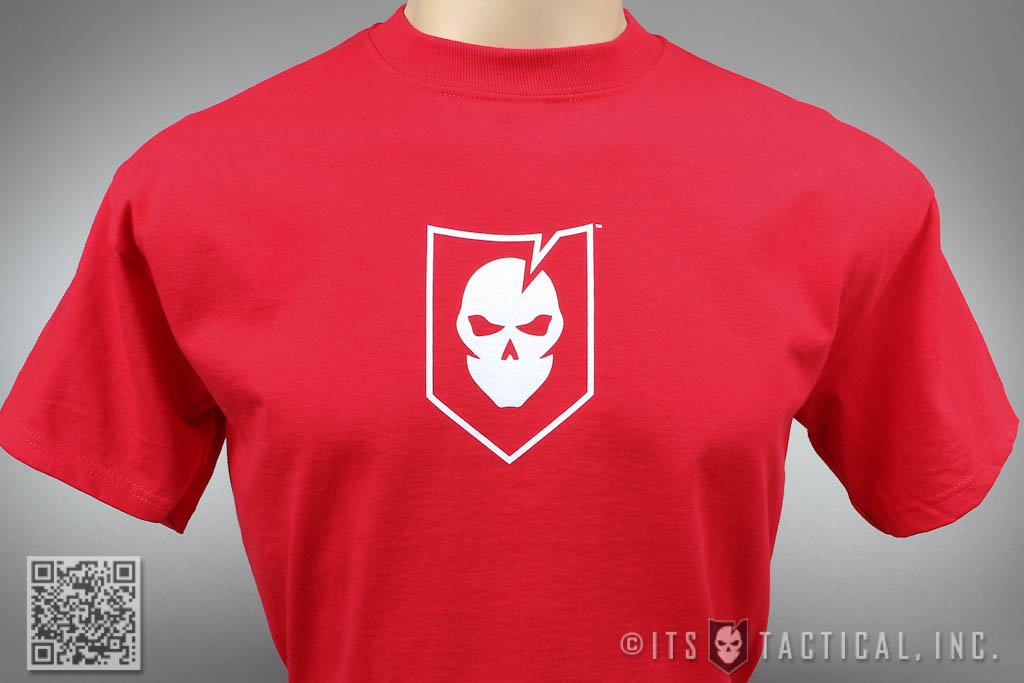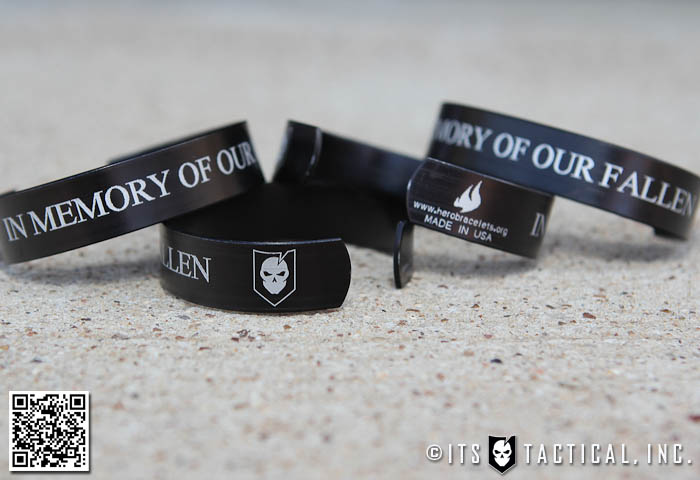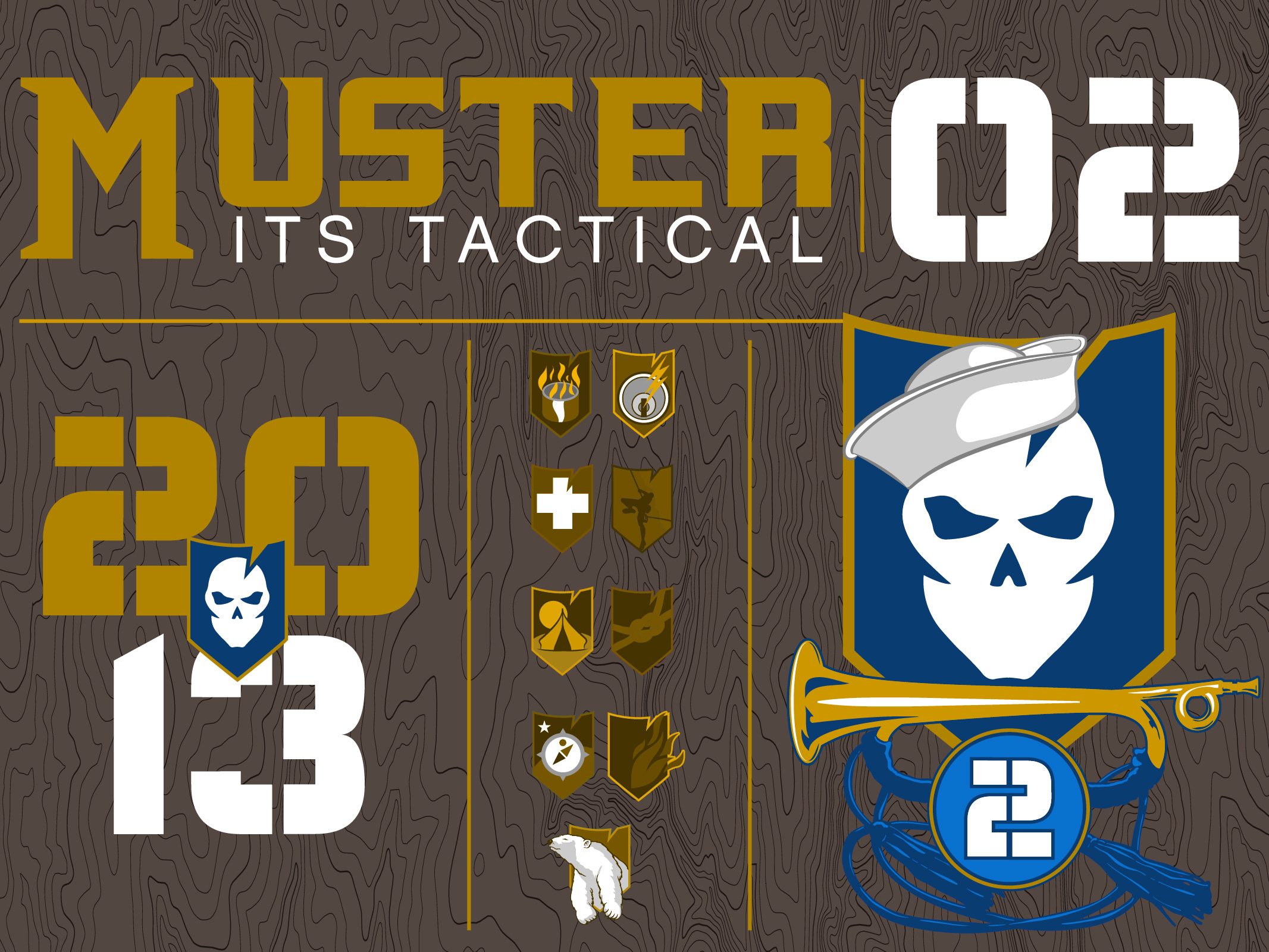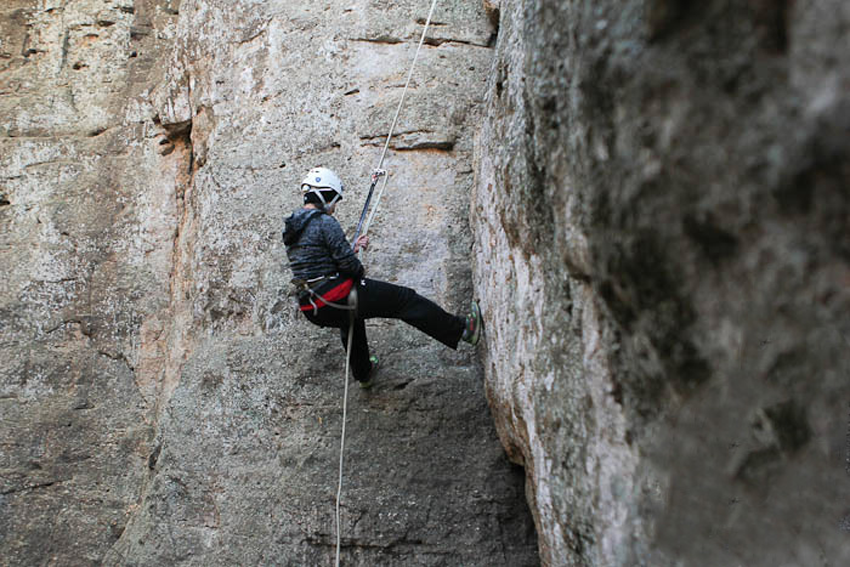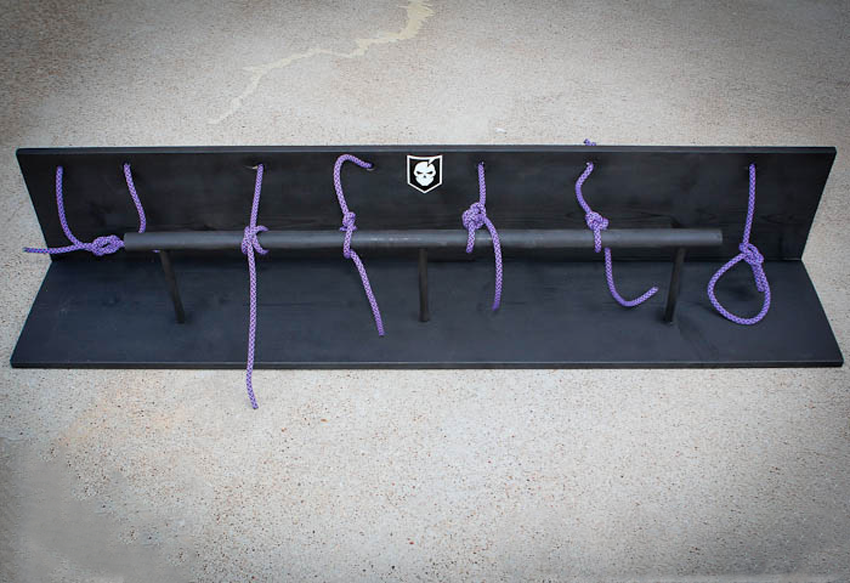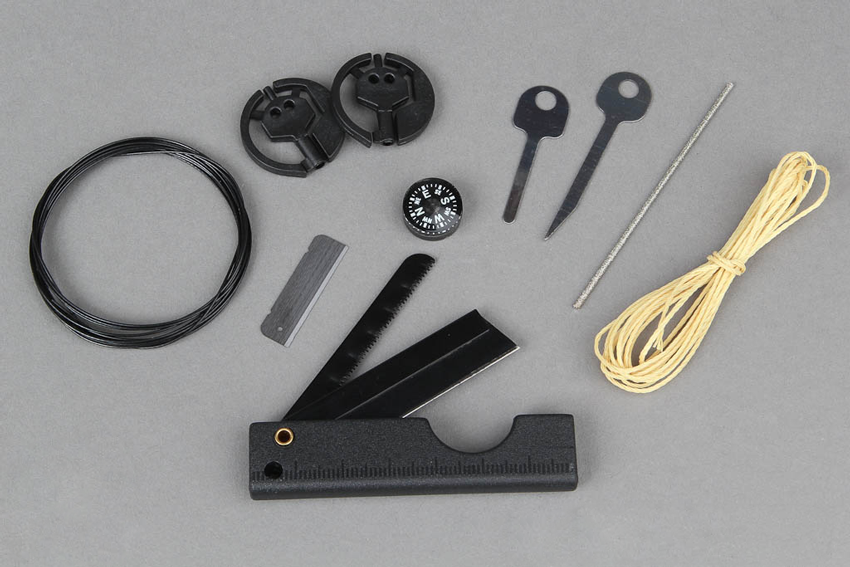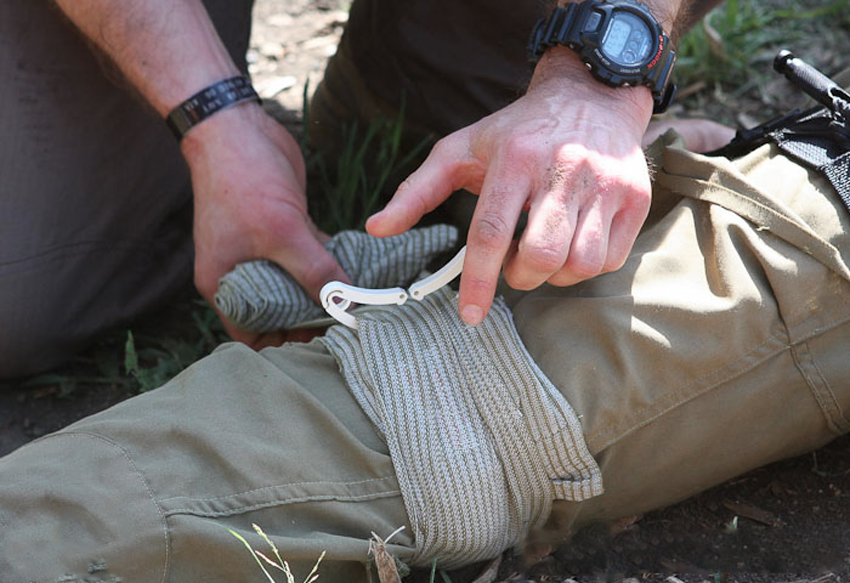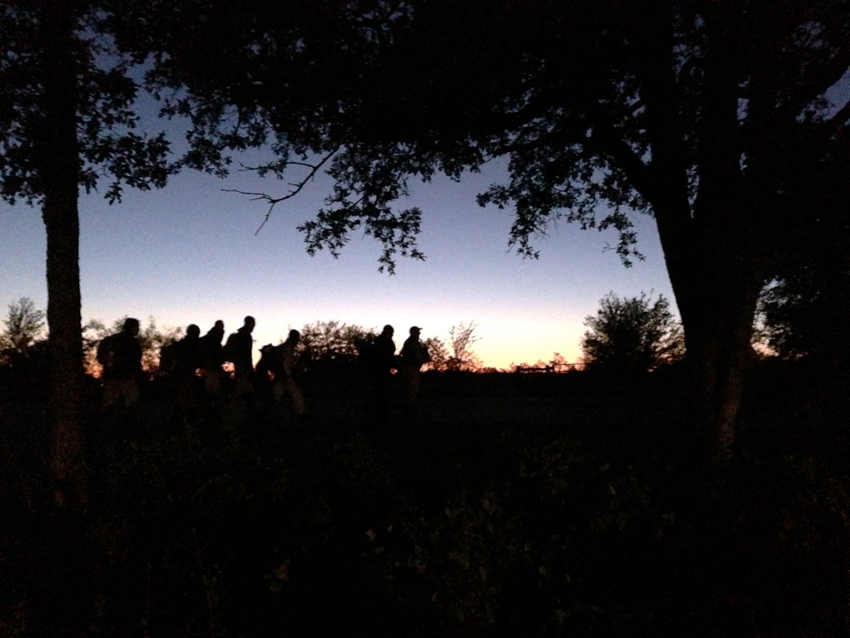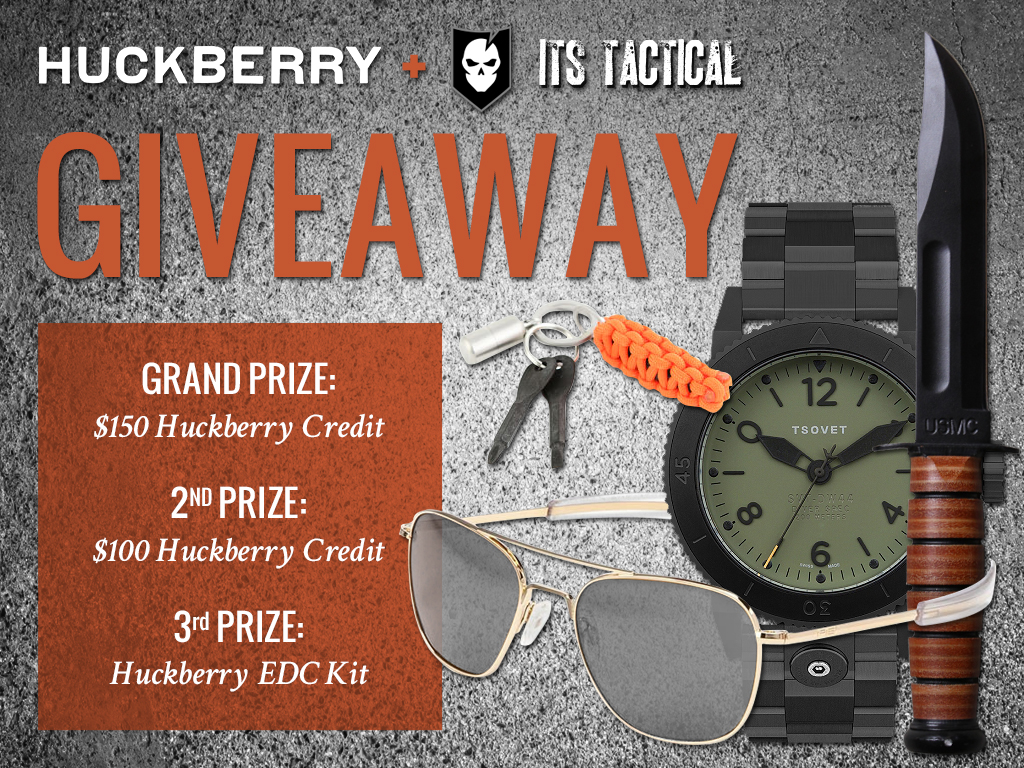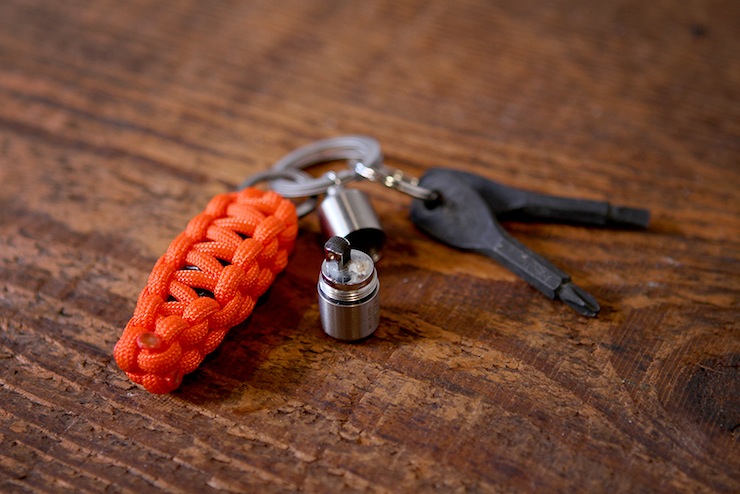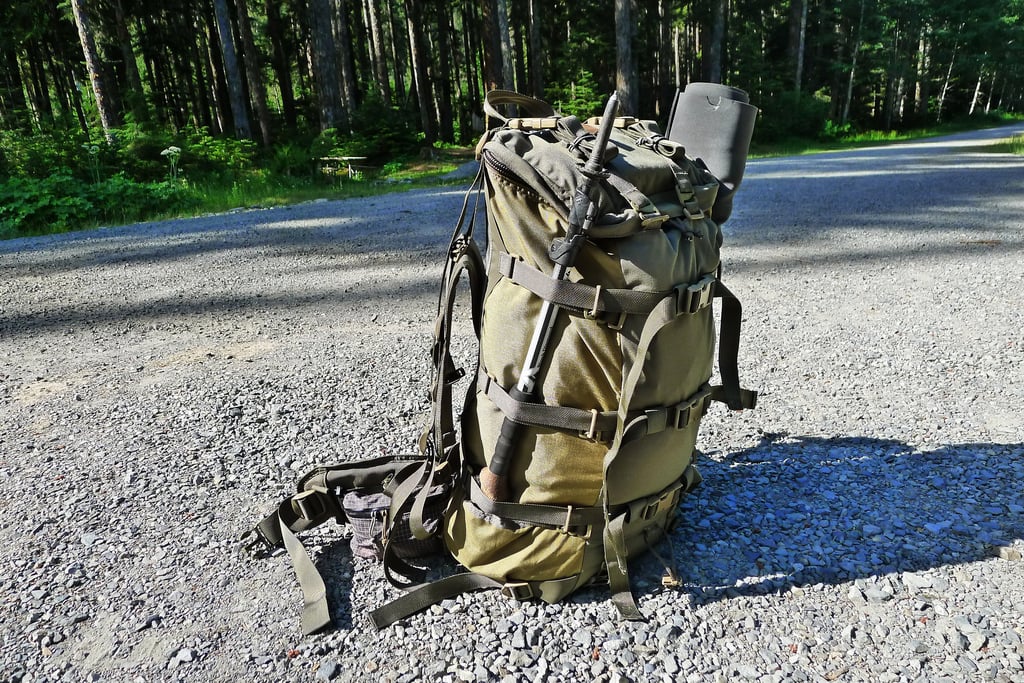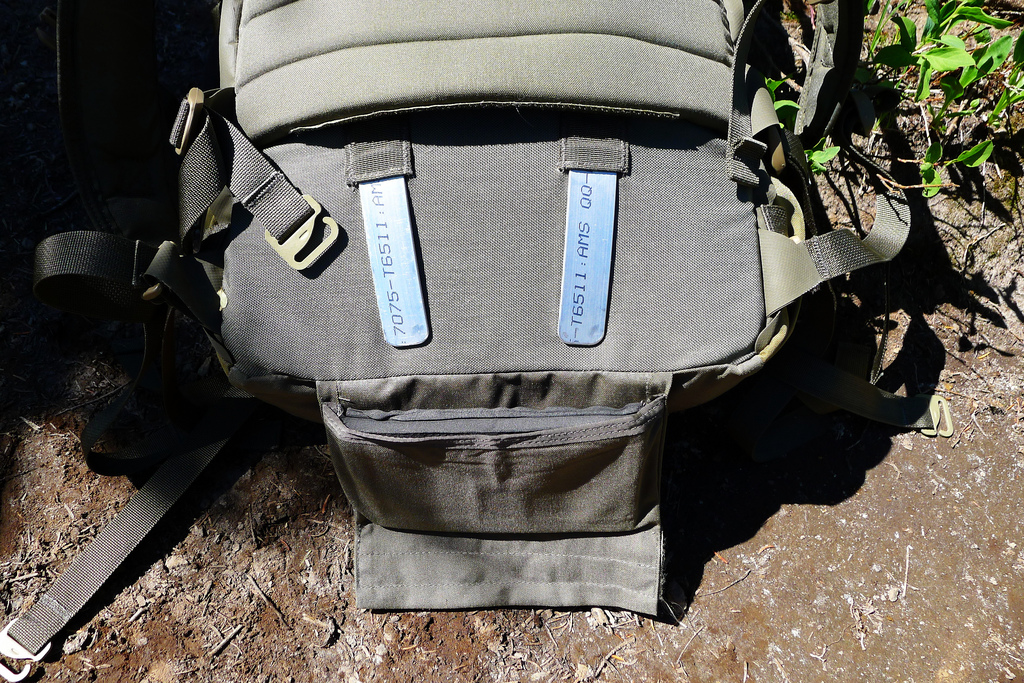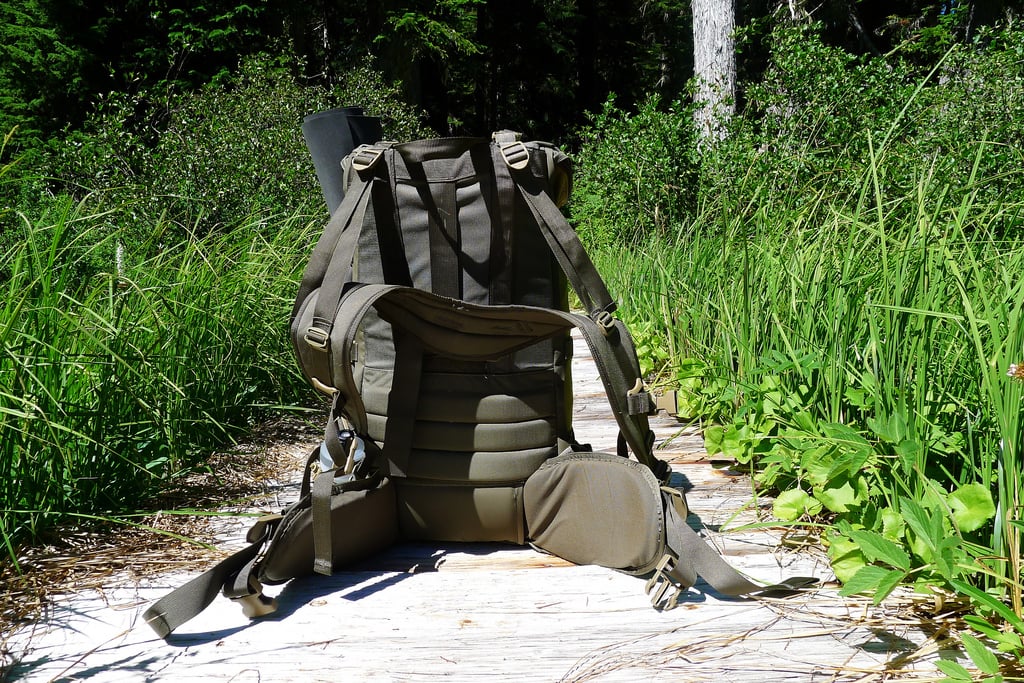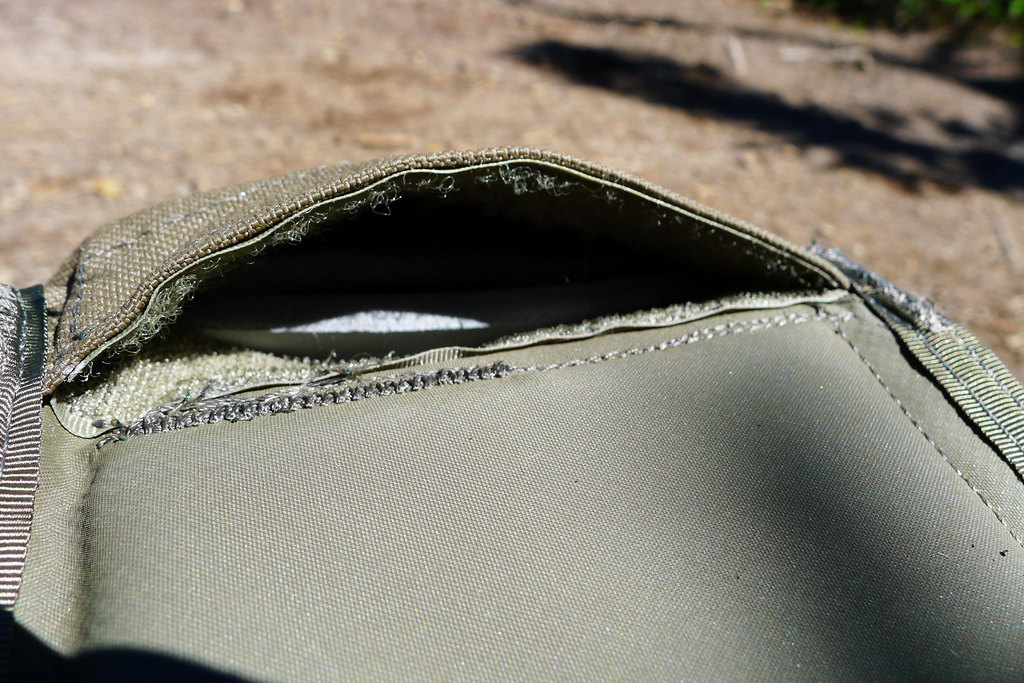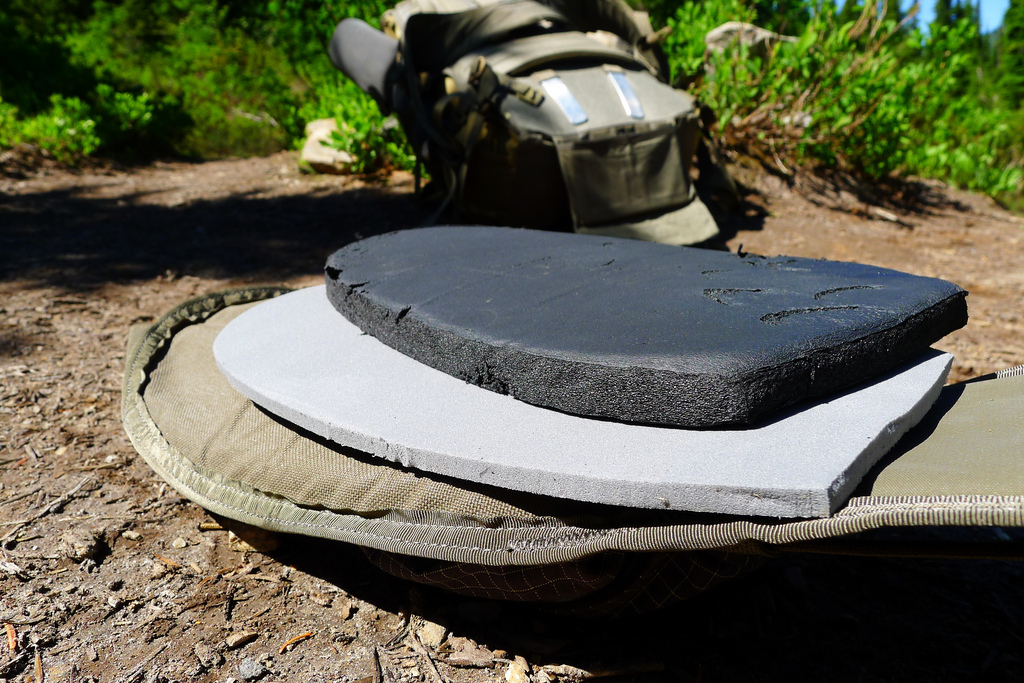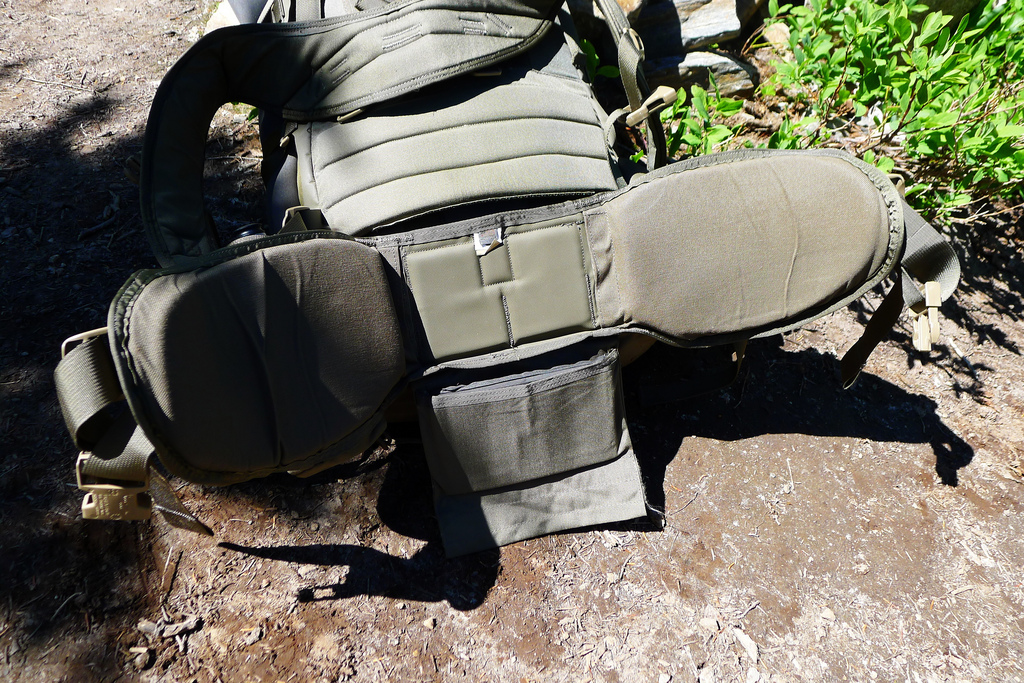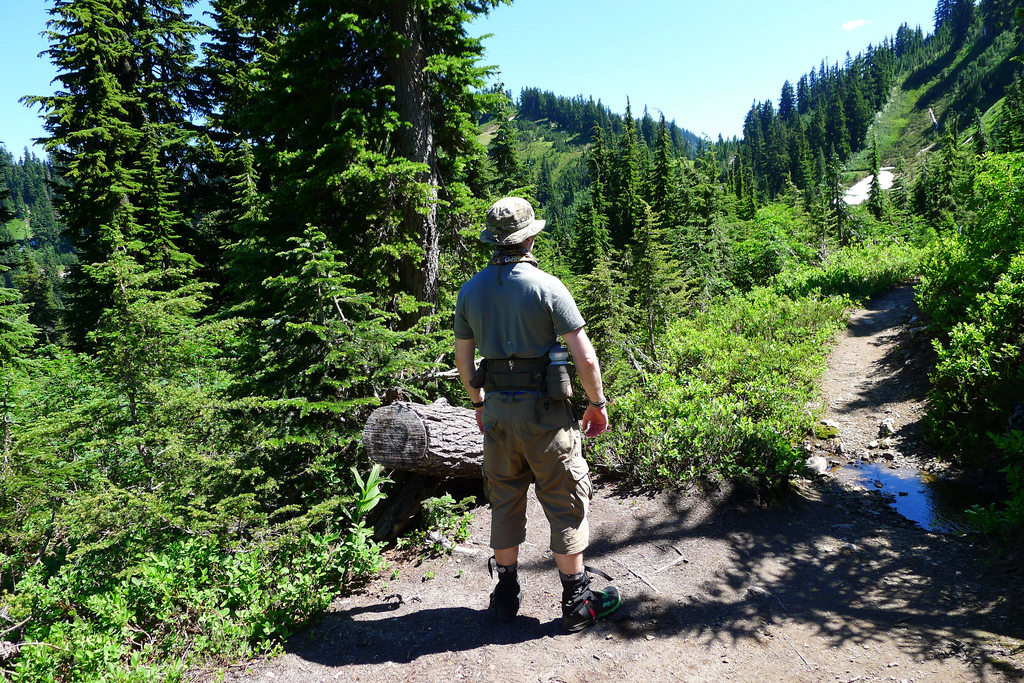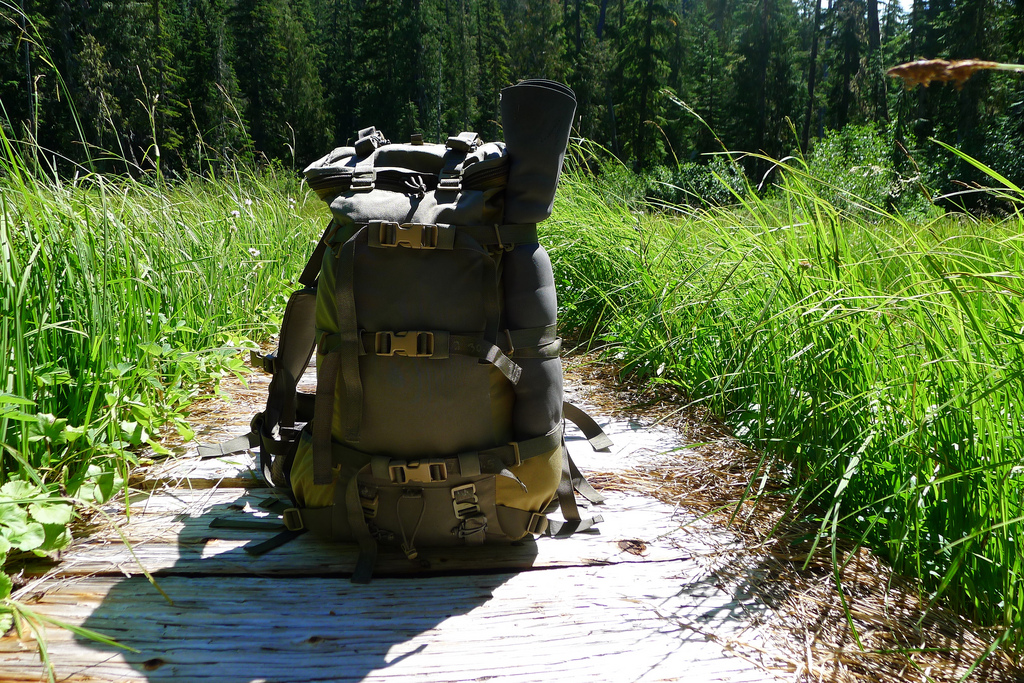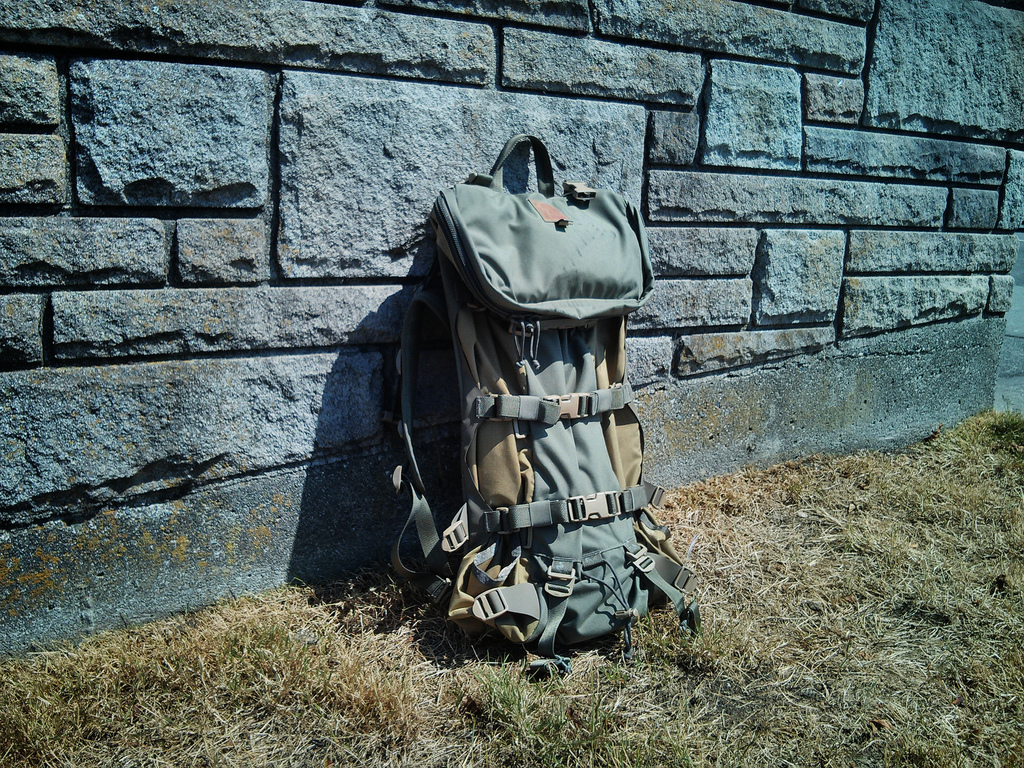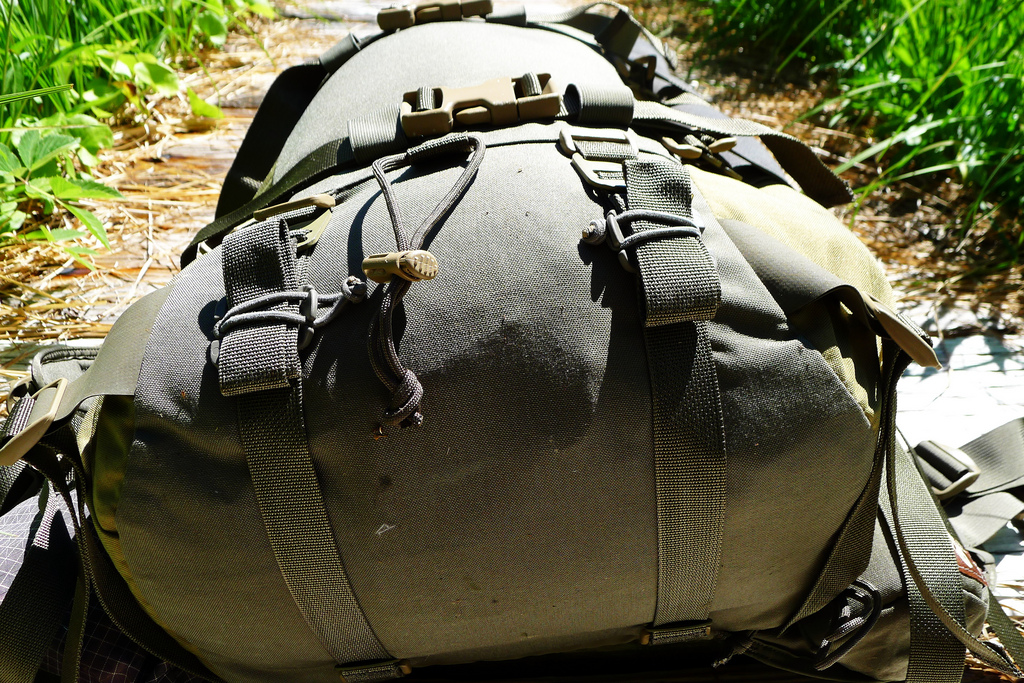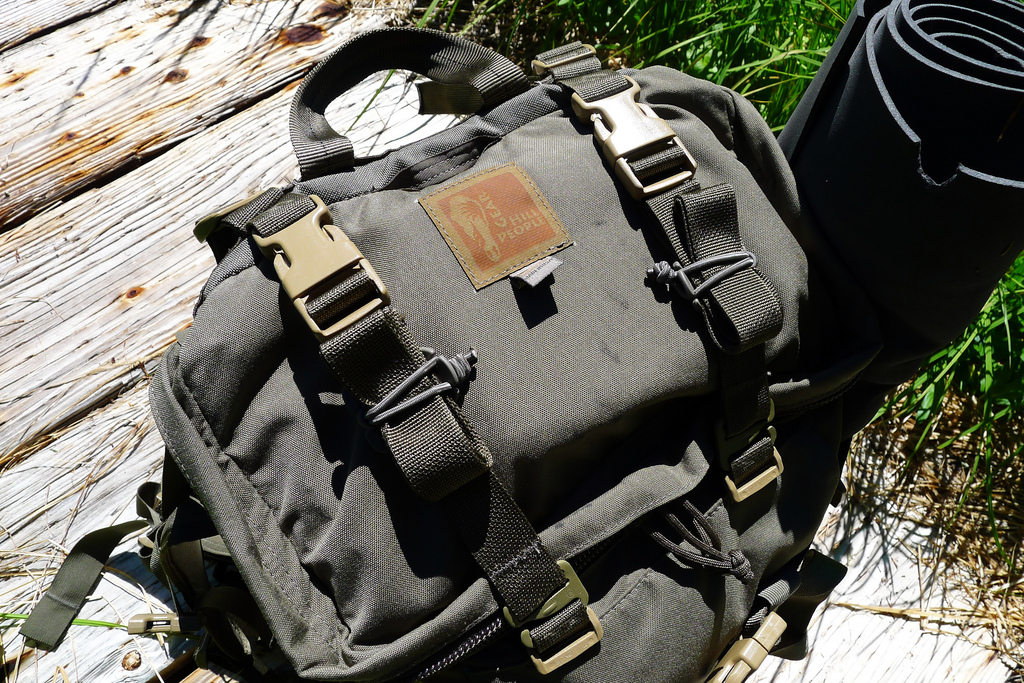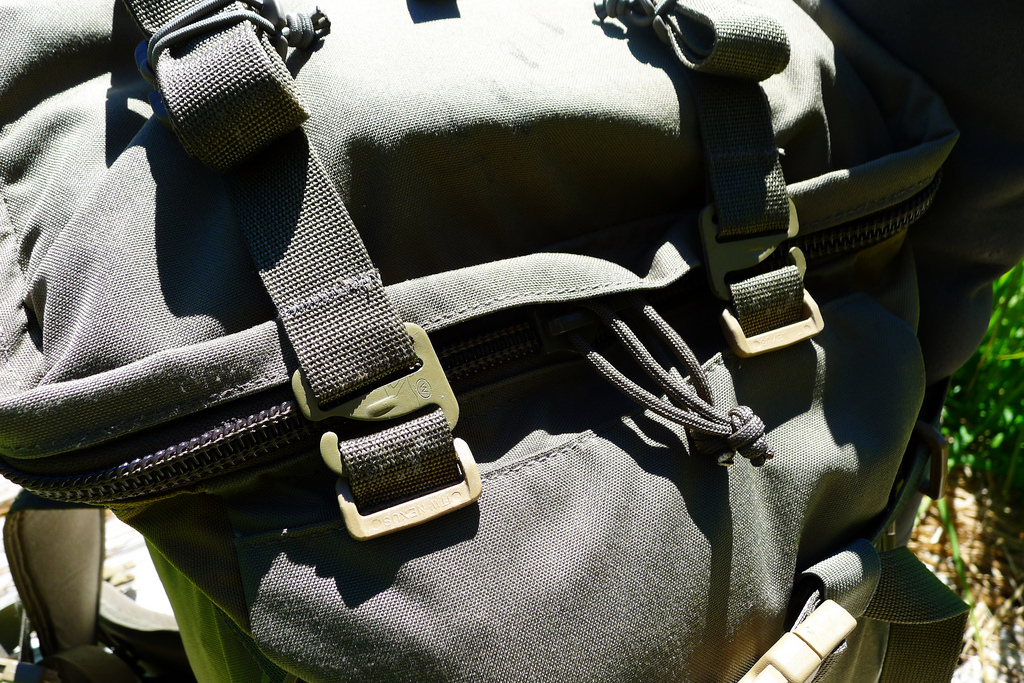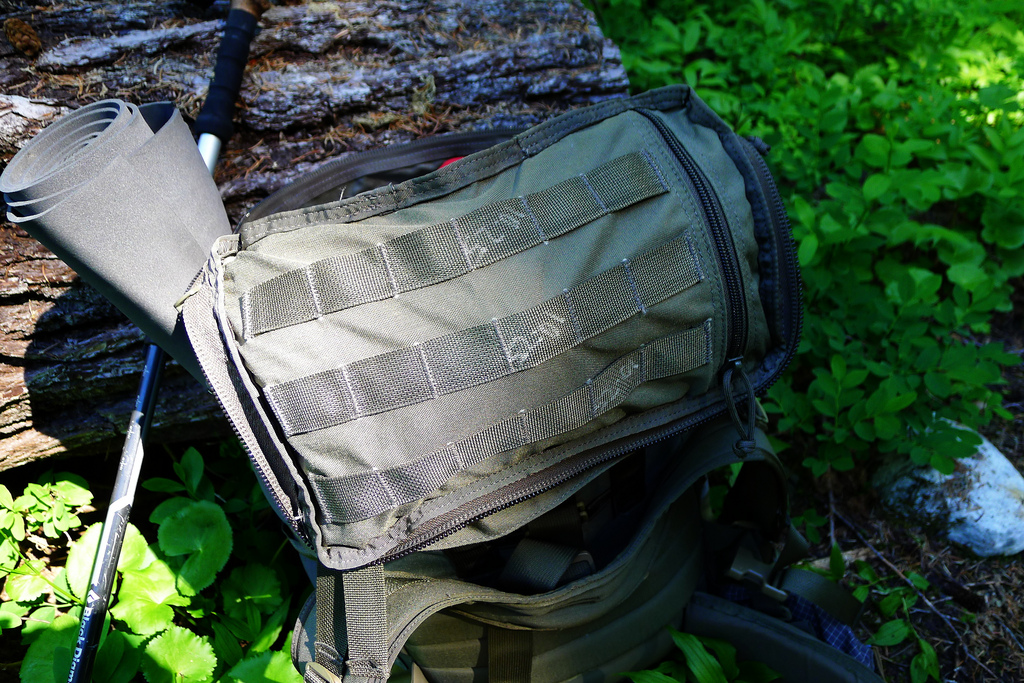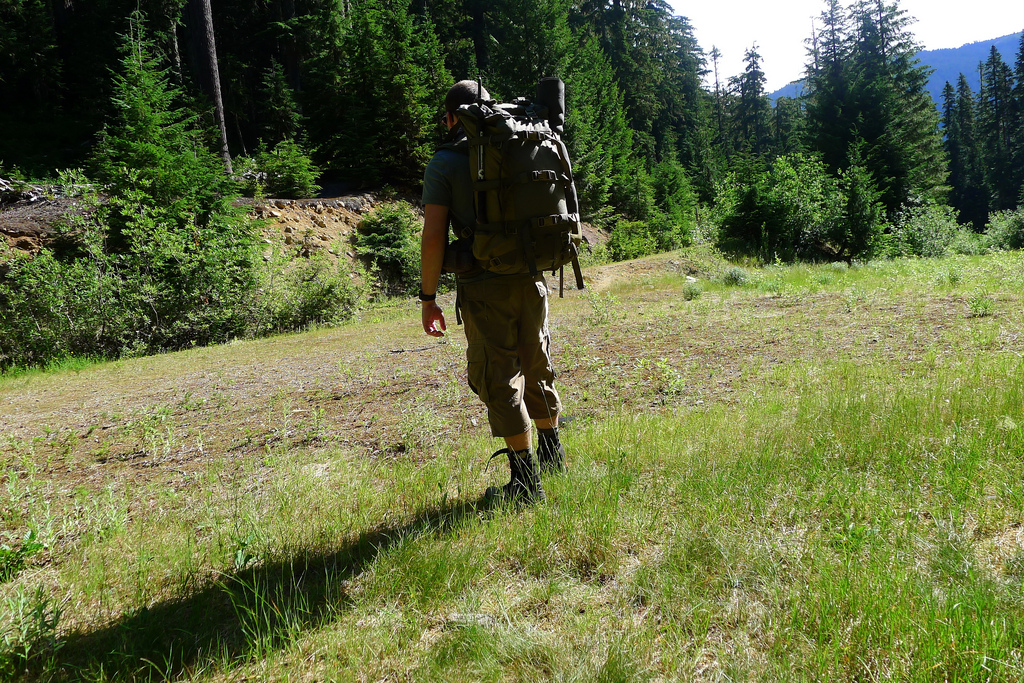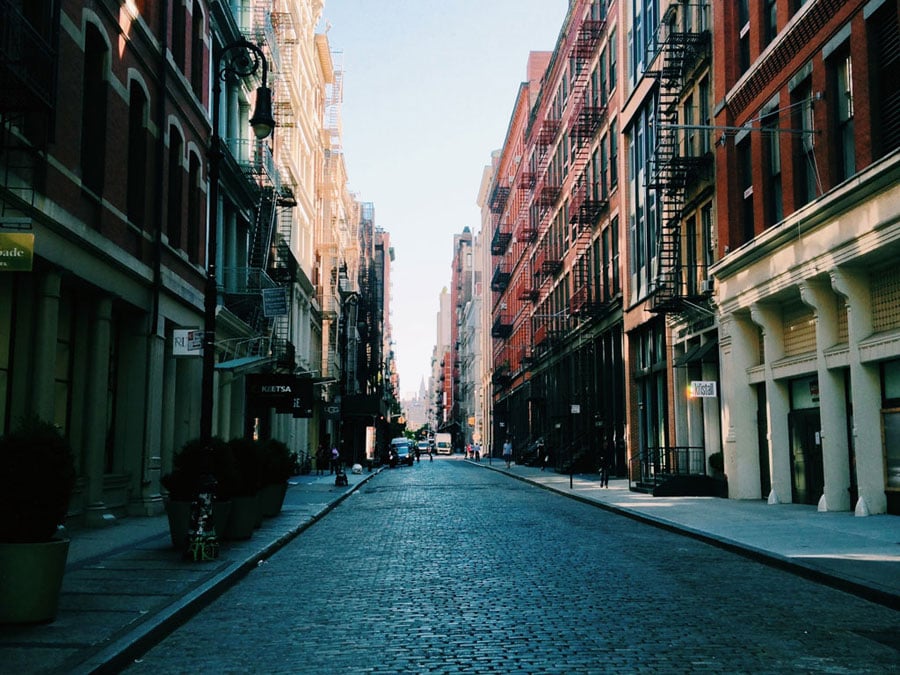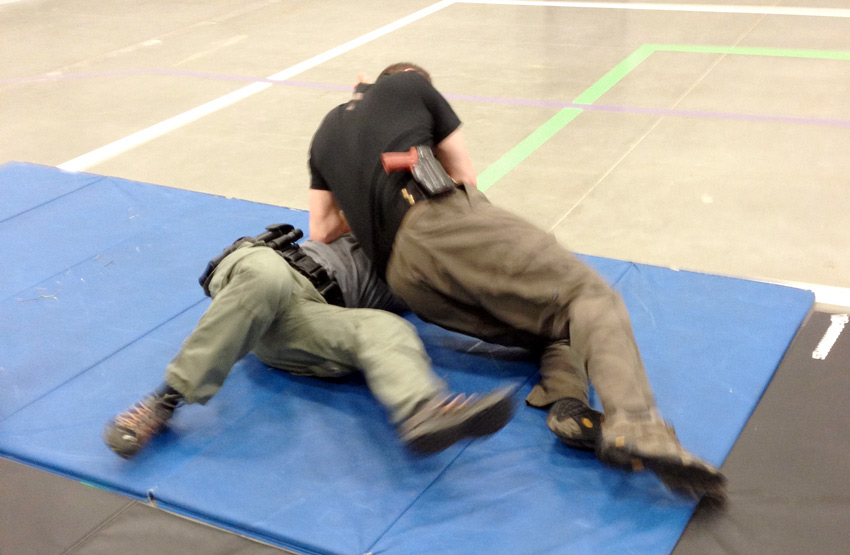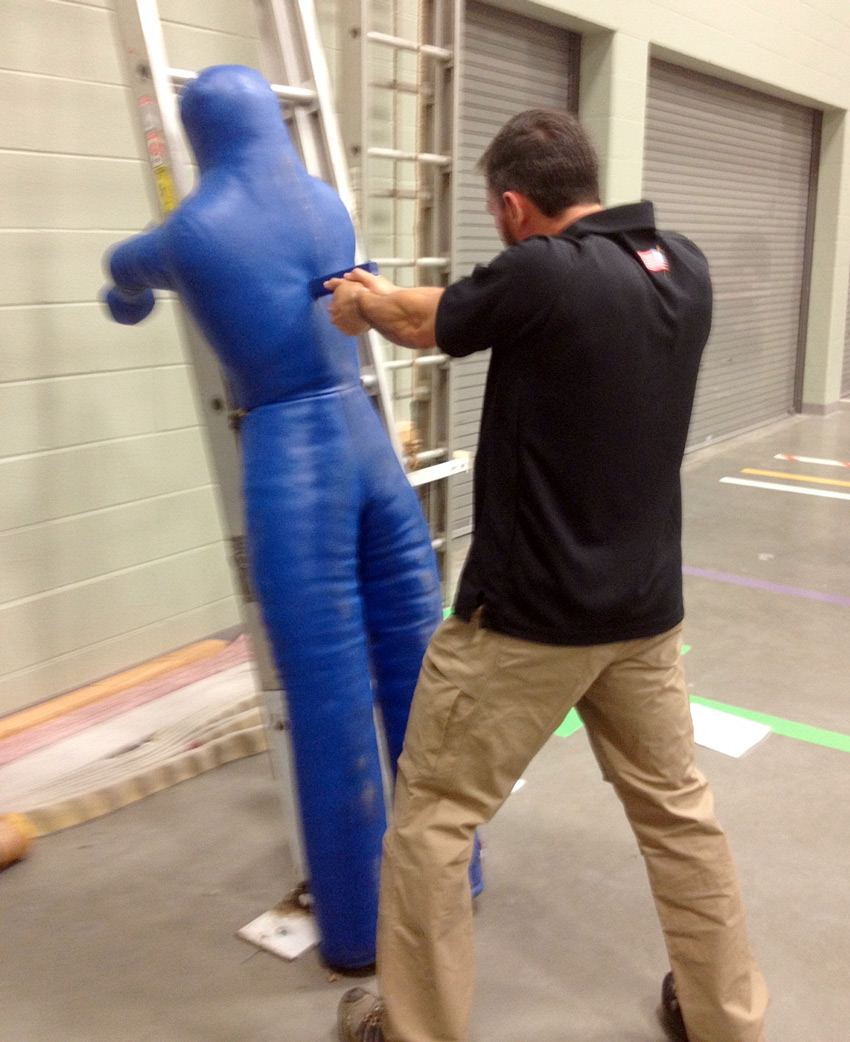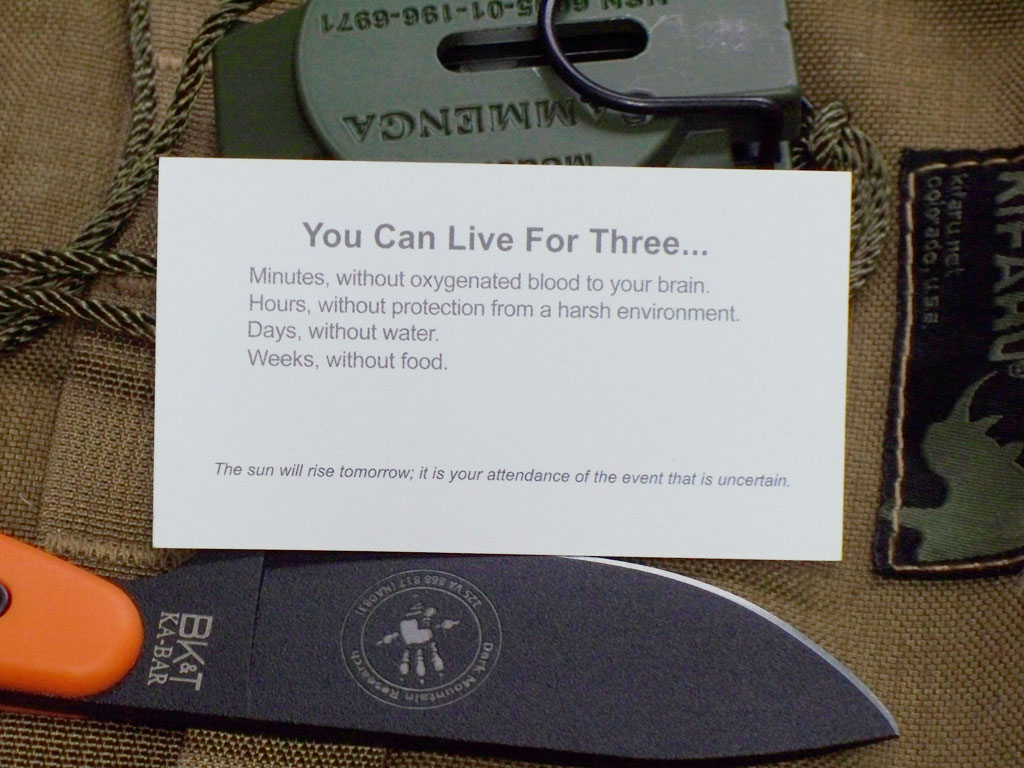
The second worst feeling in the world, is that feeling you get the moment you realize you’re lost. I’m not talking about when you can’t find your car in the Home Depot parking lot, or took a wrong turn and have no idea where you are. What I am talking about is suddenly accepting that you don’t know where you are, or have no idea where to go and have no one available to help you out.
If you get lost driving around a strange town or can’t find your way due to taking the wrong exit out of the mall, you are disoriented. To “orient” yourself literally means to face the Orient or Eastern World (conversely, Occidental refers to the Western World).
In these situations where you may not know which way is which, you can often pull over at a gas station or pop back in Spencer’s and someone will help you get it figured out. But when you’re lost in some remote location and have no clue where to go, that’s a real problem. So what should you do? The first and most important thing is to STOP.
“SURVIVAL” & “STOP”
There are a couple of acronyms commonly accepted as the first actions you should take in a potential survival situation. The U.S. Military often uses the actual word SURVIVAL.
S – Size up the situation
U – Use all your senses
R – Remember where you are
V – Vanquish fear and panic
I – Improvise
V – Value living
A – Act like the natives
L – Live by your wits, but for now learn basic skills
This is absolutely great advice, but may be a little more suited to a combat environment and unless you’re required to memorize it, it can be long and wordy. The civilian counterpart to SURVIVAL is, as mentioned above, STOP.
S – Stop/Sit
T – Think
O – Observe
P – Plan
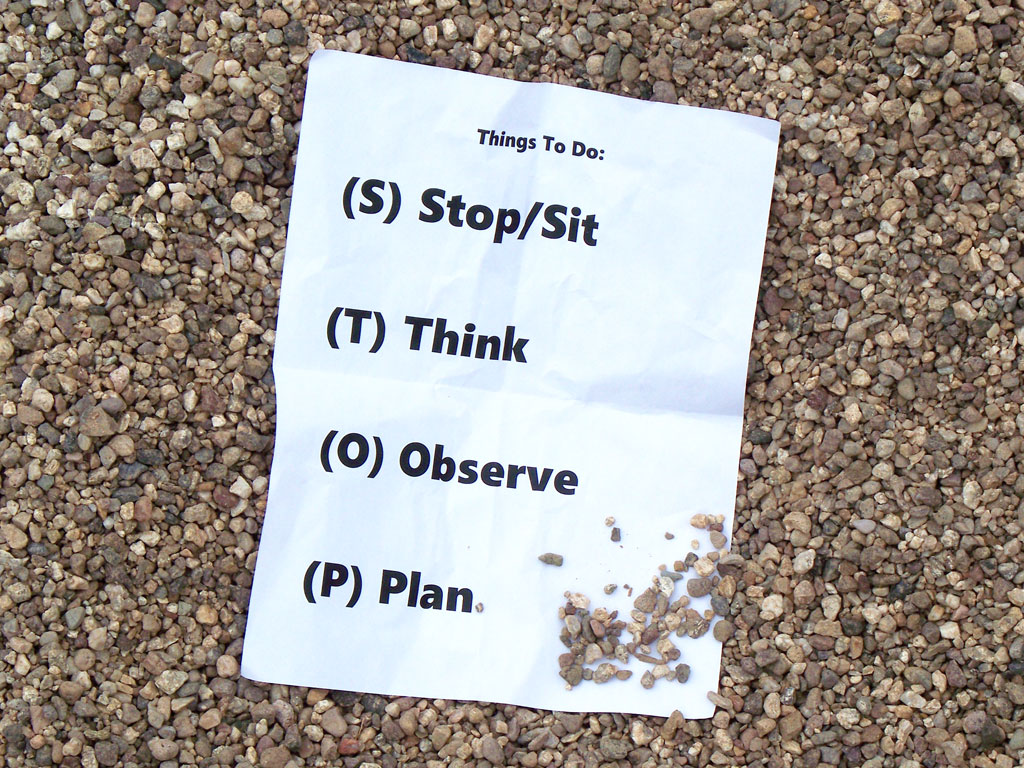
This is easy to remember and for the most part, covers the critical things well. The one crucial thing that this lacks from the Military acronym is: V – Vanquish fear and panic. This element can not be stressed enough! In those first few minutes, you must stay calm and not panic; panicked actions will greatly reduce your chances of getting out of your situation with little more than a cool story to tell your friends. This is why we add sit to the first “S” as a reminder to relax.
Now before we jump into this, we’re going to talk about priorities. It’s surprising how wrong most folks get this, but again we have a simple rule to help you out here: The Rule of Threes.
The Rule of Threes are easy, you simply have to remember them and trust them.
You Can Live For:
- 3 Minutes without oxygenated blood to your brain.
- 3 Hours without protection from a harsh environment.
- 3 Days without water.
- 3 Weeks without food.
Pretty simple huh? Some folks like to add “3 Seconds without situational awareness or controlling panic” to the front of the list and I’ve seen “3 Months without the will or a reason to live” tacked on the back. While neither is a bad idea, these basic four are what you need to really keep in mind.
Stop/Sit
When you first realize that you’re lost, you need to stop, sit down and relax. Get a level head and control any oncoming feelings of panic. There are countless incidents of people that have survived unbelievable circumstances and now is the time to tell yourself that you will make it out of this.
We know our first priority is our health and safety; are you injured? Did you arrive in this situation as the result of a small plane crash or your four-wheeler and you dropped 35 feet off of a goat trail? We do not have the time to cover field first-aid right now but we will in future articles. For right now, we’ll stick to the basics of (a) air goes in and out and (b) blood goes round and round. If anything threatens to compromise these basic systems, it needs to be dealt with before you do anything else. This applies not only to you, but anyone who may be with you.
You may be healthy and/or all patched up but remember, you have to constantly reevaluate the First Rule in every decision you make. Now, more than ever in your life you have to consider the risks of the decisions you make. You can’t afford to slip and bust your noggin on a rock, nor can you injure a knee, or wrestle a bear. Risks that you might otherwise be willing to take are things that you can not afford to do now.
Think & Observe
We are going to lump these two together here, as each relies on the other. With most things in life (in my life anyway), the “thinking “part is where a lot of folks get in real trouble. Take a moment to examine your situation, look around at where you are, think of landmarks you saw earlier and remember what you did to get to where you now are.
Observe your immediate environment and remember the Second Rule – if you are in the sun of the Southwestern deserts, you need to get out of that sun. If the temperature is 22 degrees Fahrenheit at high noon, you need to work on getting and staying warm. If you have to make a hasty shelter, do that now but don’t spend a lot of time on it. Your immediate shelter only needs to be adequate enough to protect you from the elements and strong enough to survive the local conditions. In many cases, the worst that could happen is that you will only spend one night there.
Once you have improvised or found natural shelter as needed, it’s time to go back to thinking and observing. Remember when I said that the thinking part is where a lot of people get in trouble? Our brains tend to play tricks on us; when we ask ourselves a question, our minds would rather give a wrong answer than no answer at all. So when you ask yourself if that is the direction whence you came, you may very well get “ummm, yeah… sure, that IS the way back!” from the old brain housing group, rather than “I have no freaking idea if that is the way back. Remember, we are lost here sporto.”
As you evaluate your situation, ask yourself some hard questions and double check what you think is right.
If you think that’s the way back, turn around 180 degrees and see what’s there. Were you walking towards that ridge line most of the day?
Or maybe it looks like where you came from but that’s down hill for as far as you can see; did you walk up hill all day to get to where you are?
Okay, you got it, straight down that draw and then back towards the wide part of the valley below. But hold on, there is a creek down there you will have to cross; are your feet wet now? Did you really cross a creek on the way to where you are?
If you relax and take some time to truly think about where you are and how you got there, you may very well figure out how to get back. The bottom line is that unless you are 100% sure, without any doubt on how to get back, do not go wondering off aimlessly. You are most likely going to make things worse.
Let’s get back to observing. Even if you are sure on how to get back, check the sky and take note of what the weather look like. How much daylight is left? If it took you four hours to get to where you are, but there’s only two hours of light left, will you really be able to find your way back in the dark? It’s tough to make the call to hunker down for the night but in a great many cases it may be the smartest thing to do.
While this may not be your first thought, it’s a good idea to dump everything you have on the ground in front of you. This means emptying your pockets, your pack and getting everything out so you can see what you have available. I was on a search and rescue operation once where we located a family and were transporting them back to safety, when this woman asks me “should I call my sister and let her know we are okay?” I would love to have a picture of the look on my face at that moment. I can only imagine the oddly perplexed and somewhat perturbed grimace I had to have had.
But, I calmly asked her how she would call her sister and you guessed it, she had a cell phone. Now I am not certain that she would have had a cell signal where they were, but I am certain she never checked. This is why it’s important to take an inventory of what you have with you.
All of this observing and thinking really isn’t going to take as much time as you think but Rule Three (water) is still out there. The rule is that you can live for three days without water, but all of these rules are generalities. Truth is, in the summer desert heat, you won’t last very long without water and probably not three days. So now is a good time to figure out how much water you have and how long it’s going to last you. This can bear heavy on other decisions you need to make in the future.
Before we get to that though, let’s talk about water. We’ve all seen those war movies where the squad is lost and the first thing they do is collect and ration water. I have a simple rule when it comes to this: conserve sweat, not water. If you are thirsty and have water, drink it. Don’t chug it down but drink in small amounts. Saving it for later by conserving water can also have some undesirable side effects. If you deny yourself water, you will dehydrate. In fact, your “thirst response” isn’t even triggered until you are slightly dehydrated. Dehydration can have an effect on your decision making and if the dehydration is severe enough, it’s a very real threat to your health as a whole. Especially in hot and arid environments, limit your exertion and drink your water. Conserve your sweat, not your water.
Plan
It’s finally time to make a plan. If you are absolutely sure how to get back and you have favorable time and weather to do so, get going and best of luck. But maybe your plan is to wait till tomorrow morning and head back? Either way, if you do start off in what you hope is the direction home, it’s not a bad idea to leave some trail markers this time, just is case things don’t work out. As odd as it sounds, you are much better off in the place where you first realized you where lost.

If things are not so rosy, your plan may be to make some minor improvements to your shelter, gather more firewood and get ready to spend a sleepless night waiting for the sun to come back. The big question in these situations is whether you should stay or go. Sadly, macho bravado all too often plays into the decision and in a few days the SAR crews will suspend rescue operations. The simple answer is that unless you know for a fact that moving will improve your situation, staying put and working on being rescued is the smartest thing to do.
A trick I picked up from an Aussie friend is that the first thing you should do when you realize you are lost is to make a cup of tea. Okay, they’re all hung up on the tea thing but I actually try to get out at sunrise a few times a month with a knife, firesteel, Nalgene, steel cup and a bag of instant coffee. Then I make a fire, heat some water and enjoy a cup of joe. The practical side of this in an actual survival situation is that it gives you something to do, a goal to accomplish. It makes you focus on a task and to use the tools you have. When you are done, you can Sit and Think, Observe and Plan while having a cup of coffee.
I do it just to try to stay frosty. That and it’s also very relaxing.
Rule Four brings us to the topic of food. When I teach courses or talk to people about survival skills, the very first thing they want to do is forage for food, build a dead fall or set up a snare. Remember, three weeks without food is the general guideline. In the desert, you will probably die fifteen times over before you starve to death yet the first thing people want to do is find food.
I suspect this is because the Rule of Threes are very primal needs, but in our modern lives, the first three are almost autonomous; we have all sorts of medical stuff in our homes, clinics and hospitals, emergency medical services and health care insurance. We also have shelter at our finger tips. We buy or rent places to live and if things don’t work out, we can crash at a friend’s place, or rent a hotel room – someone will always leave the light on for us.
And in all of these shelters we have running water, or you can simply go to the grocery store and buy water by the gallon. The one thing we still have to get is food. Our hunting and gathering has been mostly replaced by the super market now, but we still go out of the way to tell coworkers how much food we got at the store and what we paid for it. We even go as far as taking pictures of what we are going to eat and post them online.
In future submissions I’ll talk about food and long term survival, but right now let’s just leave things as is.
So there you go, the second worst feeling in the world and what you should do when you feel it. Knowing how to handle the onset of panic is key and in the next article, we’ll talk about the first worst feeling in the world.
Editor-in-Chief’s Note: Kino Davis is now retired from 26 years of combined active duty service with the U.S. Army and U.S. Coast Guard. After retiring, he worked in the defense and small arms industry before starting Dark Mountain Research, a small consulting and training company. He has also served as the Command Chief, Senior Instructor and Team Leader for a Deployable Law Enforcement and Training Team, where he directly oversaw and/or participated in the classroom and field training of thousands of military, federal and state personnel.
